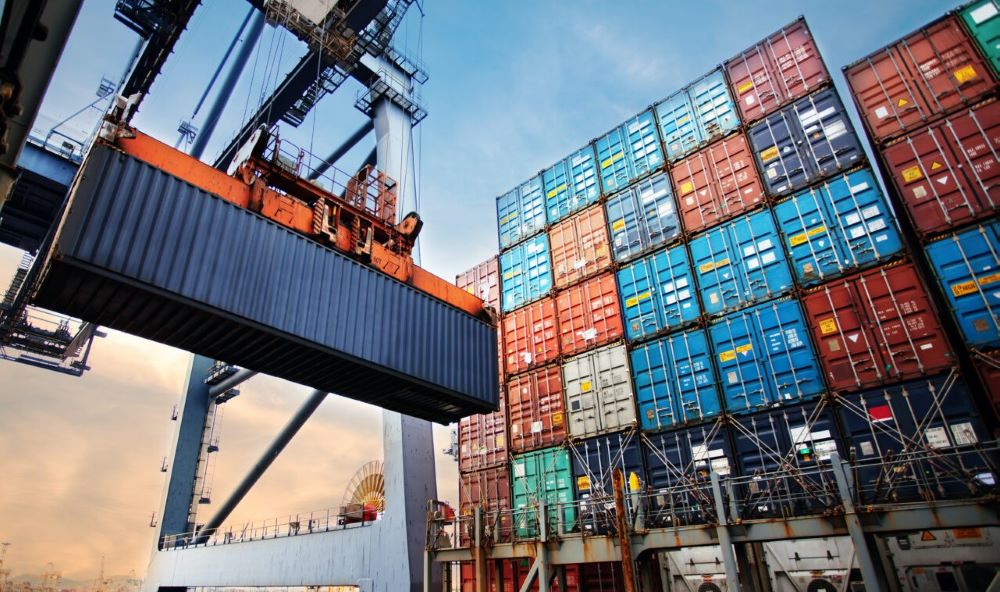Pakistan’s import records from July 2020 to June 2025 show a $30 billion gap. Pakistan Single Window (PSW) reports $321 billion in imports. However, the State Bank of Pakistan (SBP) cleared only $291 billion, per official records.
The discrepancy reported by The Express Tribune Pakistan on October 5, 2025, includes a $16.5 billion difference. This is between the data of PSW and Pakistan Revenue Automation Limited (PRAL).
The SBP tracks only the cost of goods, excluding freight and insurance. Meanwhile, PSW includes comprehensive figures. However, sources note the gap exceeds typical freight costs. This suggests potential issues like payments outside banking channels or misuse of export finance to evade taxes. A joint team of FBR, PBS, PRAL, and PSW found that PRAL’s outdated 2017 query system caused underreporting. This issue has worsened in recent years.
- 2021-22: PSW ($82.3B), PRAL ($80.2B), SBP ($71.5B) – $10.8B gap.
- 2023-24: PSW ($60B), SBP ($53.2B) – $6.7B gap.
- 2024-25: PSW ($64.1B), SBP ($59.1B) – $5B gap.
The International Monetary Fund (IMF), during its review from September 24–October 8, 2025, urged Pakistan to address the discrepancies. It also advised adopting a clear communication policy. The Pakistan Bureau of Statistics (PBS) admitted to incomplete data submitted to the International Trade Centre. This was due to the PRAL-to-PSW transition. The IMF demands corrected past data to finalise the staff-level agreement under the $7 billion Extended Fund Facility.
Read: Pakistan and IMF Near Staff-Level Agreement in 2025 Review Talks
Prime Minister Shehbaz Sharif formed a committee to probe the issue, focusing on reconciling Pakistani and Chinese trade data. Suspected tax evasion through non-banking payments or misuse of raw materials for local sales emerged as concerns. The SBP noted minor revisions may occur, but dismissed significant changes to the current account data.
The $30 billion gap undermines economic transparency, risking IMF funding and investor trust. Resolving discrepancies is crucial for fiscal stability.






